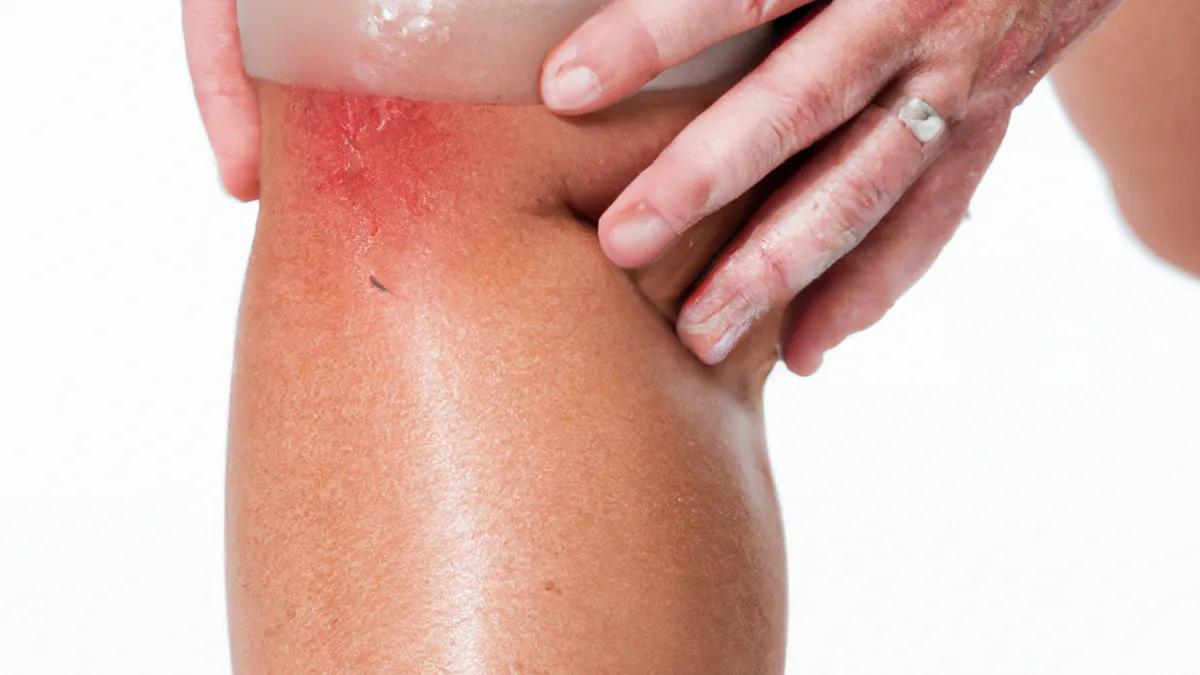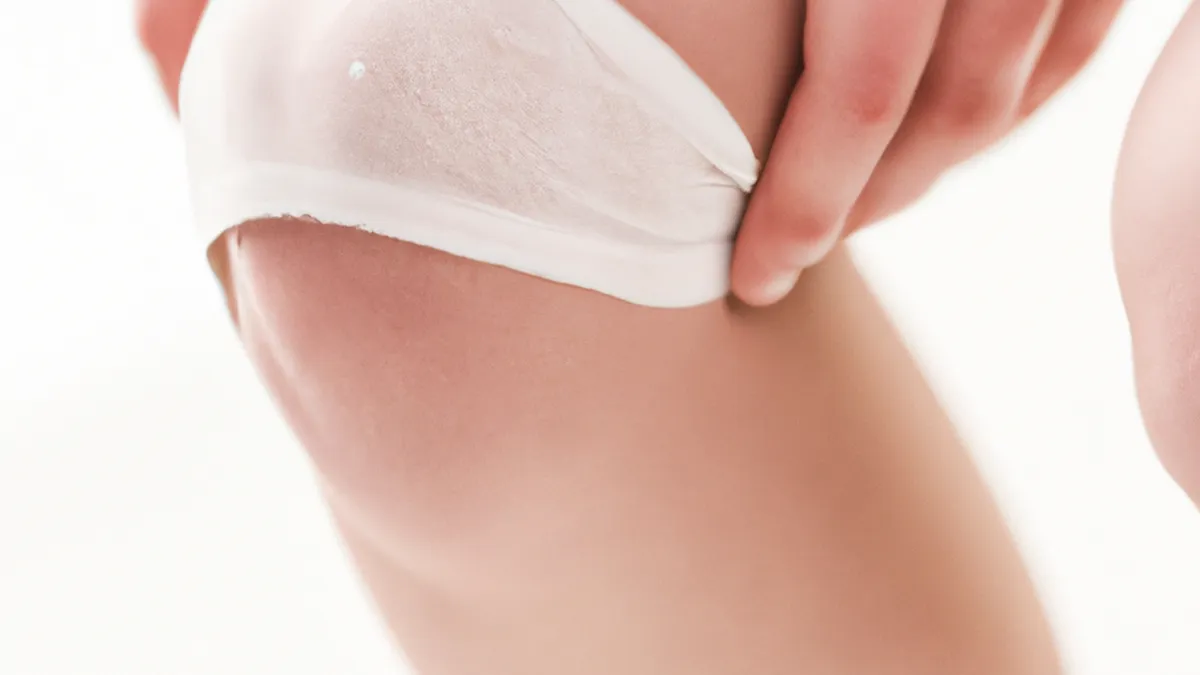ACL Stress: Drills for Smart Positioning
The Role of Positioning in Reducing ACL Stress During GameplayAthletes in various sports constantly face injury risks, particularly anterior cruciate ligament (ACL) injuries. ACL injuries often require extensive rehabilitation, sidelining players for months. Athletes must understand how positioning influences ACL stress for injury prevention and performance enhancement. This article explores positioning during gameplay, strategies to minimize ACL stress, and the benefits of prioritizing these techniques.
As an Amazon Associate I earn from qualifying purchases.
Gear tip: consider ankle brace, patellar strap, and kinesiology tape to support this topic.
Understanding ACL Stress
The anterior cruciate ligament stabilizes the knee joint by connecting the femur to the tibia. It plays a vital role in pivoting, cutting, jumping, and deceleration movements. Improper positioning during dynamic sports can strain the ACL, causing tears or sprains. Factors like sudden direction changes, awkward landings, and leg misalignment heighten injury risks.Research shows many ACL injuries occur during non-contact situations, often when athletes land from jumps or make sharp cuts. Thus, understanding and practicing proper body mechanics can significantly reduce injury risks.
Key Factors in Positioning
Athletes should focus on several key factors to minimize ACL stress:1. **Knee Alignment**: Proper knee alignment is crucial. Knees must align with toes to prevent inward collapse or outward bowing. Misalignment increases ACL injury risks by stressing the ligament.2. **Body Center of Gravity**: A lower center of gravity enhances stability and balance. Athletes should keep hips low during dynamic movements for better control and reduced fall risks.3. **Foot Placement**: Position feet shoulder-width apart for stability. A wider stance distributes forces evenly across the knees and lower body, improving control.These factors create a solid foundation for athletes, minimizing excessive ACL stress during gameplay.
Tips for Effective Positioning
Athletes can adopt specific strategies during gameplay to reduce ACL stress. Here are practical tips:1. **Practice Proper Landing Techniques**: Athletes should land softly with bent knees and centered bodies. This technique absorbs impact and protects joints.2. **Strengthen Core Muscles**: A strong core maintains overall body alignment. Core stability supports the pelvis and spine, helping keep knees aligned during movement. Incorporate exercises targeting abdominal and back muscles, such as planks.
Conclusion
Prioritizing proper positioning and body mechanics significantly reduces ACL stress, helping athletes prevent injuries and enhance performance.
Below are related products based on this post:
FAQ
What is the role of the anterior cruciate ligament (ACL) in athletic performance?
The anterior cruciate ligament stabilizes the knee joint by connecting the femur to the tibia. It is essential for movements such as pivoting, cutting, jumping, and deceleration. Understanding its function helps athletes recognize the importance of proper positioning to prevent injuries.
How can athletes minimize ACL stress during gameplay?
Athletes can minimize ACL stress by focusing on knee alignment, maintaining a lower center of gravity, and ensuring proper foot placement. Keeping knees aligned with toes and using a shoulder-width stance can distribute forces evenly and enhance stability, reducing injury risks.
What techniques can athletes practice to protect their ACL?
To protect their ACL, athletes should practice proper landing techniques by landing softly with bent knees and centered bodies. Additionally, strengthening core muscles through exercises like planks can help maintain overall body alignment, which is crucial for knee stability during movements.















Post Comment